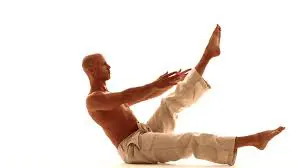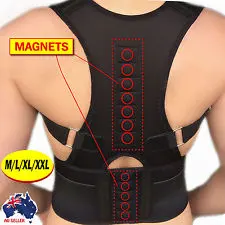The Anatomy of the Spine: How It Works
Have you ever stopped to think about how amazing your spine really is? It’s a robust structure that plays a huge role in keeping you upright, moving, and living your life, but most of us only notice it when something goes wrong. Let’s take a closer look at how the spine works and why it’s such a marvel of the human body.
What Is the Spine, and What Does It Do?
The spine isn’t just a “backbone” as people often call it. It’s a flexible column made up of 33 individual bones called vertebrae, stacked neatly like building blocks. Between these bones are discs made of cartilage with a fluid-filled centre, which cushion and absorb the impact of your daily movements.
The vertebrae are also connected by facet joints, which act like hinges. These small joints allow the spine to bend, twist, and move while maintaining stability. Facet joints are key players in your spine’s flexibility and its ability to adapt to movement. Your spine does so much more than you might realise. It protects your spinal cord, a vital part of your nervous system that connects your brain to the rest of your body. It also provides the main support for your body, keeping you upright, balanced, and mobile. Without it, you’d literally be stuck!
Why Is My Spine So Strong?
Your spine is built to handle the pressures of everyday life, from carrying groceries to playing sports. Its strength comes from clever design:
- Curves: The natural S-shape helps distribute weight evenly, acting like a spring to absorb shock.
- Ligaments and Muscles: These add extra stability, holding everything in place.
- Facet Joints and Discs: The combination of cartilage and fluid in the discs, along with the hinge-like action of the facet joints, allows the spine to absorb impact while staying flexible.
What Happens When Things Go Wrong?
Even the toughest structures have their limits, and your spine is no exception. Over time, or with certain injuries, problems can develop. Herniated discs are a common issue. This is when one of the cartilage discs bulges or ruptures, pressing on nearby nerves and causing pain. Facet joints can also become inflamed or arthritic, leading to stiffness and discomfort, especially with movement. And let’s not forget posture problems—sitting at a desk all day can put strain on both the discs and facet joints, causing muscle imbalances and pain.
How Can Physio Help?
That’s where physiotherapy comes in. We see spine-related issues every day and know exactly how to help. Through exercises, posture advice, and hands-on treatment, we can get your back feeling stronger and moving better.
If you’re curious to learn more or are dealing with back pain, we’re here to help. Book an appointment at Balcatta Physio and let’s work together to keep your spine—and your life—moving smoothly.






